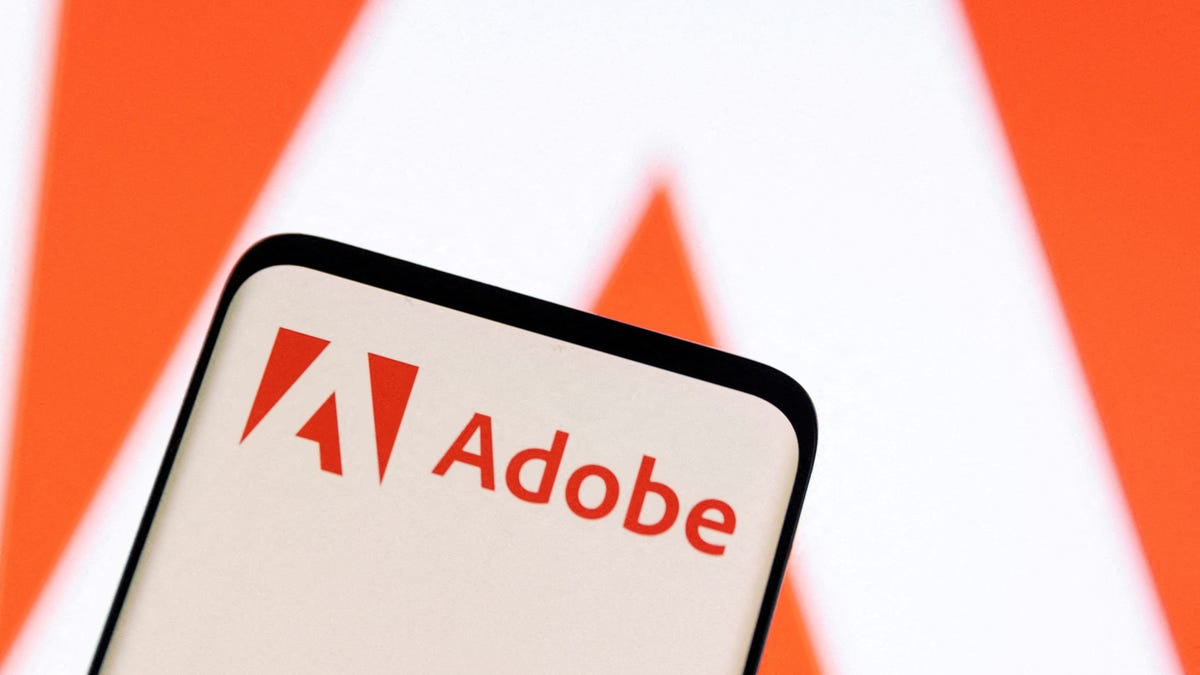Adobe’s Latest AI Tools Unveiled at Las Vegas Conference
During a recent conference in Las Vegas, Adobe introduced a range of innovative AI tools that are set to revolutionize personalized content creation and marketing strategies. These new products boast generative AI capabilities that cater specifically to personalization needs, such as the Custom Models feature. This tool allows companies to train Adobe’s AI image generator using their own brand imagery, ensuring that the generated outputs align perfectly with the brand’s identity.
Moreover, these new tools are designed to facilitate the creation of personalized content on a large scale, as well as bespoke ad campaigns targeted at smaller, niche audiences, and even individual consumers. The implications of such advancements in AI technology are vast, with potential benefits spanning various industries, including marketing.
The Significance of Generative AI in Marketing
According to Alexandru Costin, Adobe’s vice president of generative AI, the marketing landscape stands to gain significantly from the application of generative AI technologies. Costin emphasized that the current challenge faced by marketers lies in the limited scope of personalized marketing efforts due to constraints in content creation.
With the emergence of generative AI tools and the impending phase-out of internet cookies—long relied upon for consumer tracking—brands are forced to seek new avenues to reach their target audience. However, this transitional phase also presents an opportunity for brands to explore innovative tools and strategies that cater to evolving consumer needs.
As Adobe strives to capitalize on this pivotal moment in marketing evolution, Costin shed light on the potential impact on user privacy, the hurdles in customer adoption of new AI tools, Adobe’s approach to AI-generated video content, and more.
The Evolution of AI Personalization and Customer Engagement
Costin highlighted the driving force behind the intensified focus on AI-powered personalization, attributing it to the shifting privacy landscape brought about by changes in browser cookie policies. These changes necessitate a more user-centric approach to personalization, empowering users with greater control over the usage of their data while enabling enterprises to engage directly with their customer base.
One example is the Adobe Experience Platform within the Experience Cloud, where large corporations store invaluable customer interaction data. By leveraging this data repository in conjunction with lead data, enterprises can create personalized content for their users while maintaining respect for user privacy and data protection.
The Utility of Adobe Custom Models in Content Generation
In discussing the practical application of Adobe’s Custom Models, Costin emphasized the significance of addressing the content pipeline challenges faced by many businesses, particularly in media production. These organizations are seeking to produce on-brand content at scale, tailored to their unique style and products.
While the outputs of Custom Models can serve various purposes—from ideation to pre-production and full-scale production—Costin underscored the importance of human oversight in the content creation process. He emphasized that marketers should exercise caution in fully automating content generation without manual review, due to potential risks to brand reputation and revenue.
Overcoming Customer Hurdles in Adopting Generative AI
Costin acknowledged the existing educational gap that hinders customer adoption of Adobe’s generative AI products. He shared insights from engagements with customers who expressed concerns over the security and commercial viability of AI models. Legal departments within large enterprises often resist adopting generative AI due to perceived risks, necessitating a more transparent and reassuring approach from Adobe.
To address these concerns, Adobe offers AI transparency and indemnification measures, reassuring customers of the safety and legality of using their generative AI products. By establishing trust and clarity around the use of AI technologies, Adobe aims to alleviate customer hesitancy and drive widespread adoption of their innovative tools.
Adobe’s Vision for Video and Generative AI Integration
While current generative AI models primarily generate raw content that requires subsequent editing, Adobe is actively developing models to enhance video creation and editing processes. The company acknowledges the high expectations of professional users and is committed to delivering top-quality AI-generated content within its suite of tools.
Additionally, Adobe maintains an inclusive approach to integrating external models into its platform, welcoming videos generated by third-party models for editing within Adobe’s tools. By prioritizing quality and user experience, Adobe aims to set new industry standards for AI-generated video content while striving for continuous innovation in AI technology.
Image/Photo credit: source url





